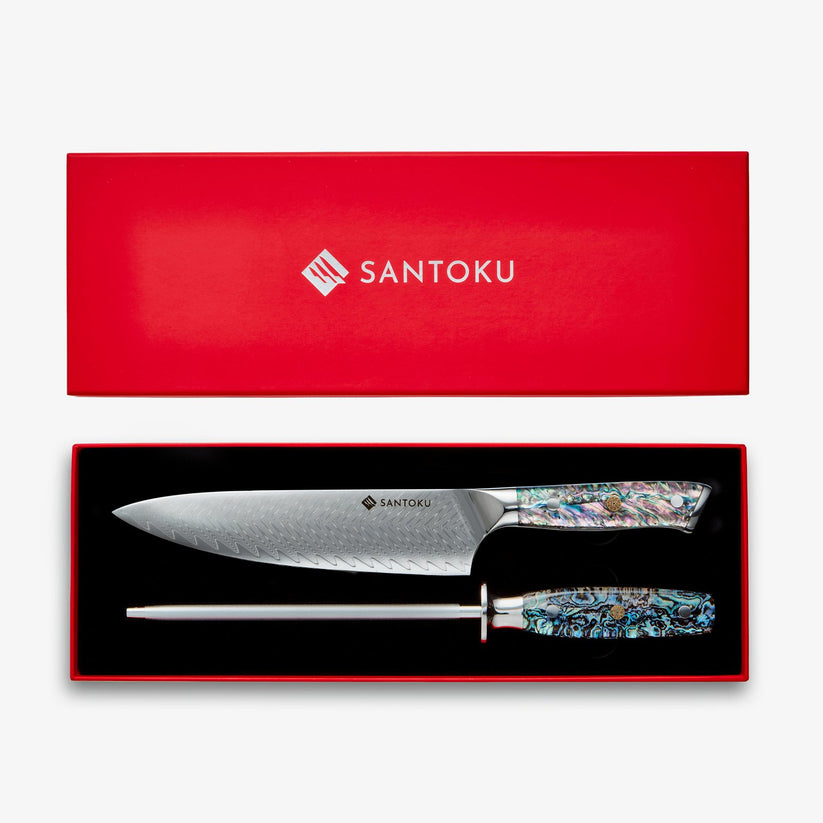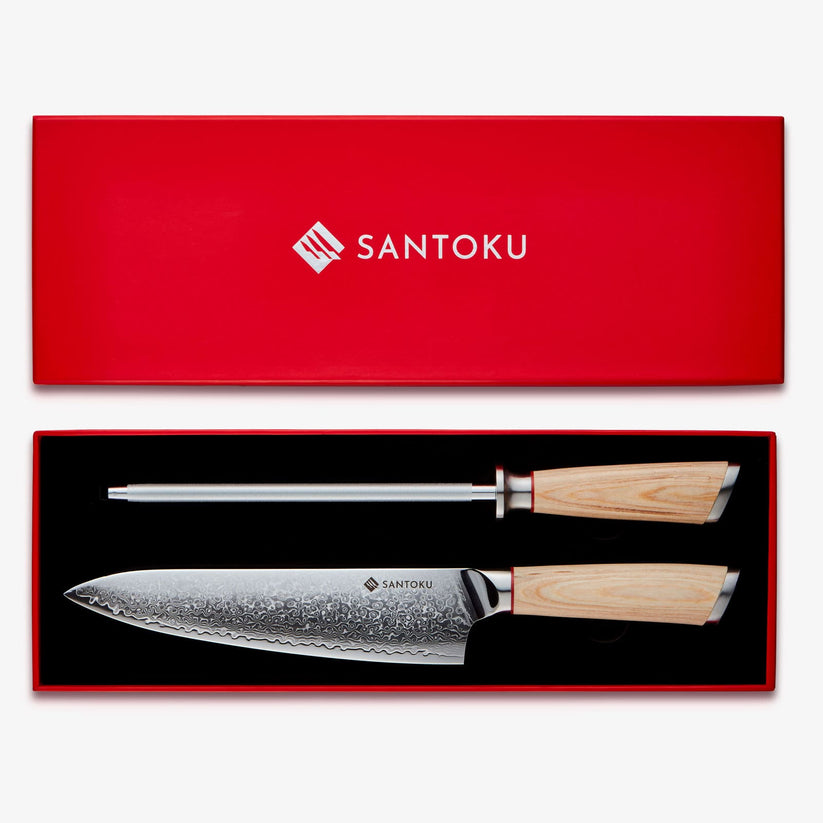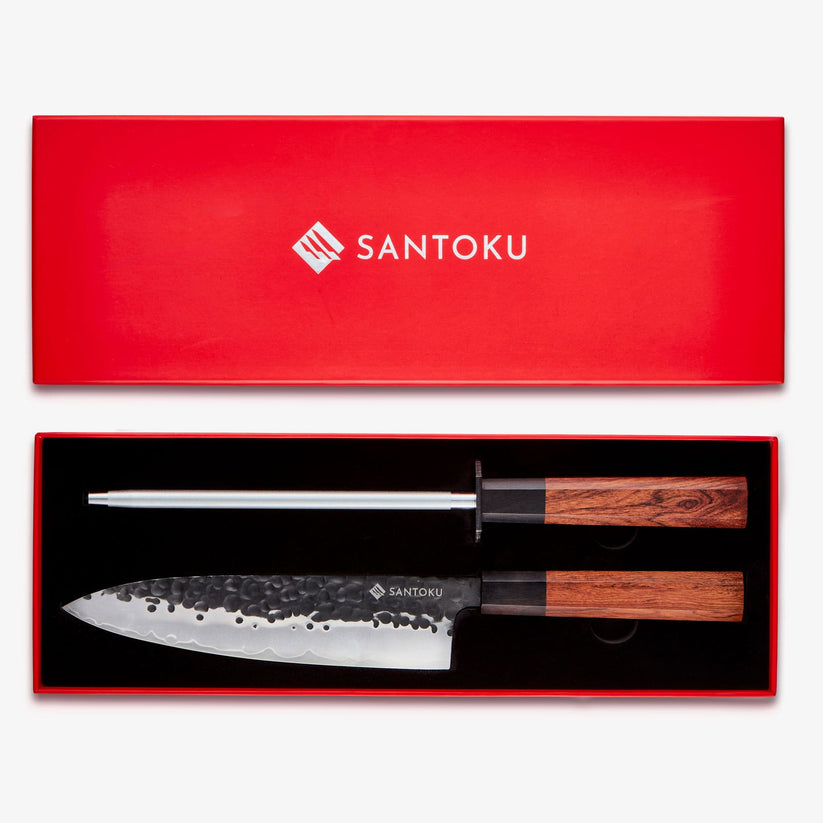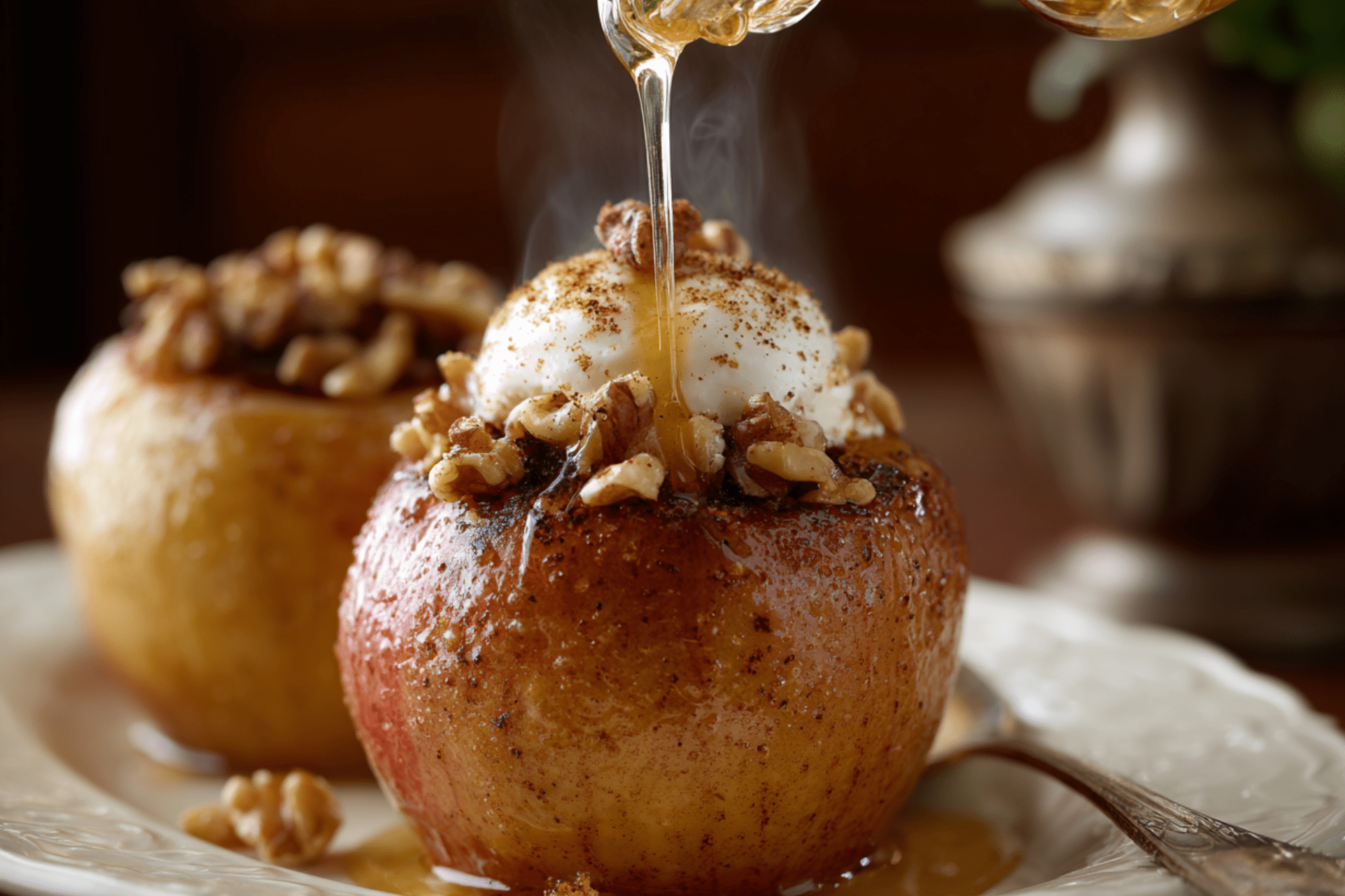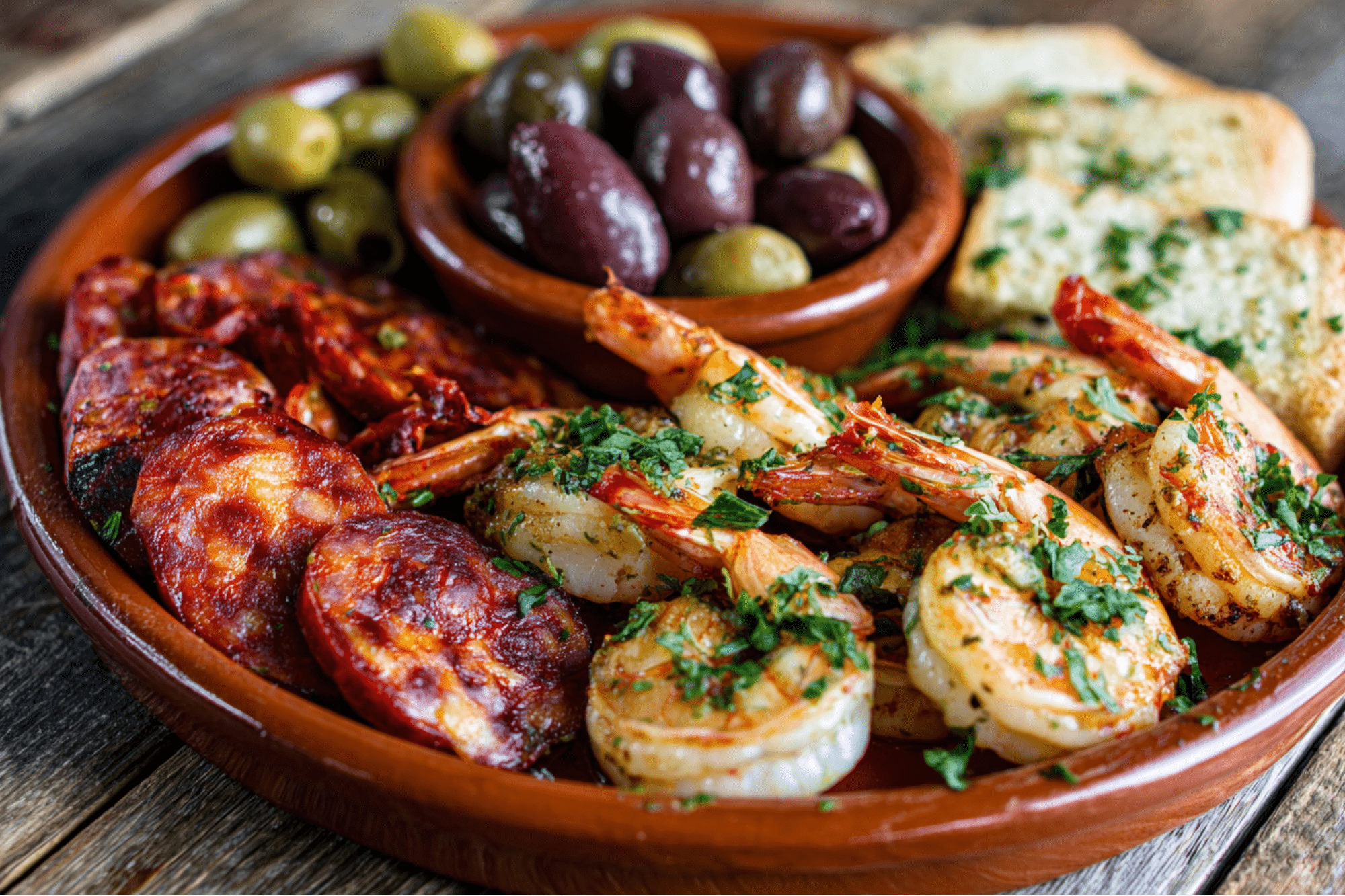
10 Tips for when cooking this dish
-
Always rinse and soak the rice — this ensures separate, fluffy grains.
-
Use a non-stick or heavy-bottomed pot for a perfect tahdig.
-
Don't skip salting the boiling water; it seasons the rice internally.
-
Be patient when steaming — low and slow yields the best texture.
-
Wrap the lid tightly with a towel to trap steam and prevent sogginess.
-
For an even crispier tahdig, use plain yogurt or thinly sliced potato on the base.
-
Gently spoon the rice into the pot — don’t press it down.
-
Infuse saffron properly with warm (not boiling) water for best flavor.
-
Use a heat diffuser if your pot runs hot — it helps prevent burning the tahdig.
-
Let the rice sit a few minutes before serving to firm up the crust.
Serve it with suggestions
-
Ghormeh Sabzi (Persian herb stew)
-
Chicken or lamb kebabs
-
Grilled vegetables with yogurt sauce
-
Eggplant stew (Kashk-e Bademjan)
-
Cucumber yogurt dip (mast-o khiar)
-
Pickled vegetables (torshi)
FAQ's
Q: What type of rice is best for Persian rice?
A: Long-grain basmati rice is ideal due to its fragrance and non-sticky nature.
Q: What is tahdig?
A: Tahdig is the crispy, golden layer of rice (or potato) formed at the bottom of the pot. It’s highly prized in Persian cooking.
Q: Can I make Persian rice without saffron?
A: Yes, saffron adds flavour and colour but is optional. The dish is still delicious without it.
Q: Why do I need to soak the rice first?
A: Soaking reduces cooking time, improves texture, and ensures fluffier grains.
Q: Can I use brown rice instead?
A: It's not traditional and requires longer cooking, but you can experiment. It won't be as fluffy or form tahdig as easily.


